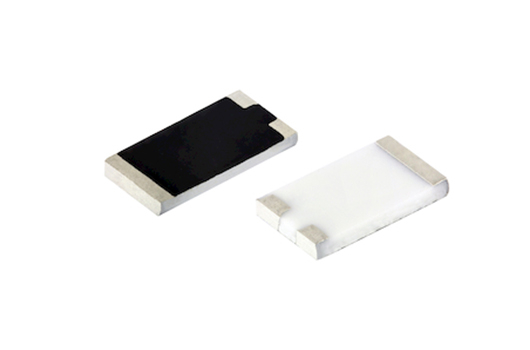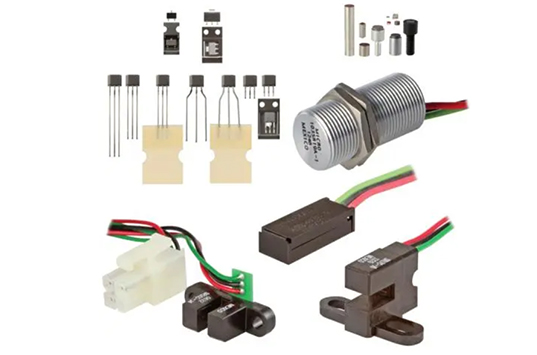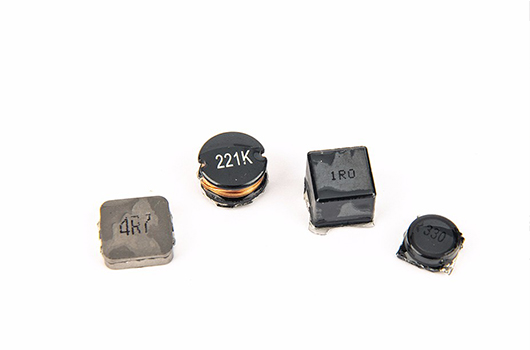
Precision patch resistors are resistors designed to be surface-mounted. These precision patch resistors are typically much smaller than conventional resistors and therefore take up less space on the board. Precision SMD Resistors The SMD portion of the SMD represents surface-mounted devices. Precision SMD resistors are electronic components that can be mounted directly onto a PCB board using surface mount technology (SMT). Surface mount technology was invented to reduce the size of components and significantly reduce the time required to manufacture the circuit. SMD resistors are usually something that would only be handled in a professionally manufactured PCB. For most homemade circuits, more classic through-hole technology resistors will be used. We have a guide to the color codes found for those types of resistors. The rationale for using through-hole resistors is that they are easy to install compared to patch resistors and do not require specialized equipment.

If you want to quickly find out the value of the precision SMD resistance, you can use a professional precision positive resistance value calculator. All you need to do is enter the code on the SMD positive into the SMD resistance code text box below. The calculator will automatically calculate the resistance value of the resistor.
The first thing we will notice when looking at a precision SMD resistor is that they do not utilize color band systems that through-hole resistors do. The reason is that there is not enough space on the smaller SMD resistor packaging to print color bar codes. To solve this problem, they propose three new coding systems, two of which are defined according to the IEC 60062:2016 standard, a four-digit system and a three-digit system. The third is a numbering system called EIA-96 and we'll go through the steps on how to use these systems. In this system, the first two digits define the value of the resistor, and the third and last digit of the number system represents the multiplier of resistance values greater than 10 ohm.
When the precision SMD resistance is less than 10 ohms, the R letter is used to define the position of the decimal point. For example, an 8R3 patch resistor defines a resistance value of 8.3 ohms. Unlike the multiplier of a color-coded system, the multiplier of this number system represents the number raised to the power of 10. For example, a resistor of 273 is 27x1043 in mathematics, or 27 times 10 to the third power in English. For this example, we will assume that we have four precision SMD resistors and a three-digit code. One 901, three R4s, one 313, and one R34. For the first SMD positive 901, we take the first two digits as the base value of the resistor. Take the first two digits, then the base resistance value is 90. And then I multiply that base by 10 to the first, the last digit in the code.
-

Future Development Trends of C
Charging piles, also known as electric vehicle (EV) charging stations, are cruci...
2023-09-28 view+ -

Precision patch resistors are
Precision patch resistors are resistors designed to be surface-mounted. These pr...
2023-04-21 view+ -

Applications of Hall sensors
Application scenario 1: Photovoltaic inverterPhotovoltaic inverter is an importa...
2023-04-04 view+ -

SMD resistor
The patch element has the advantages of small size, light weight, high installat...
2023-03-27 view+


